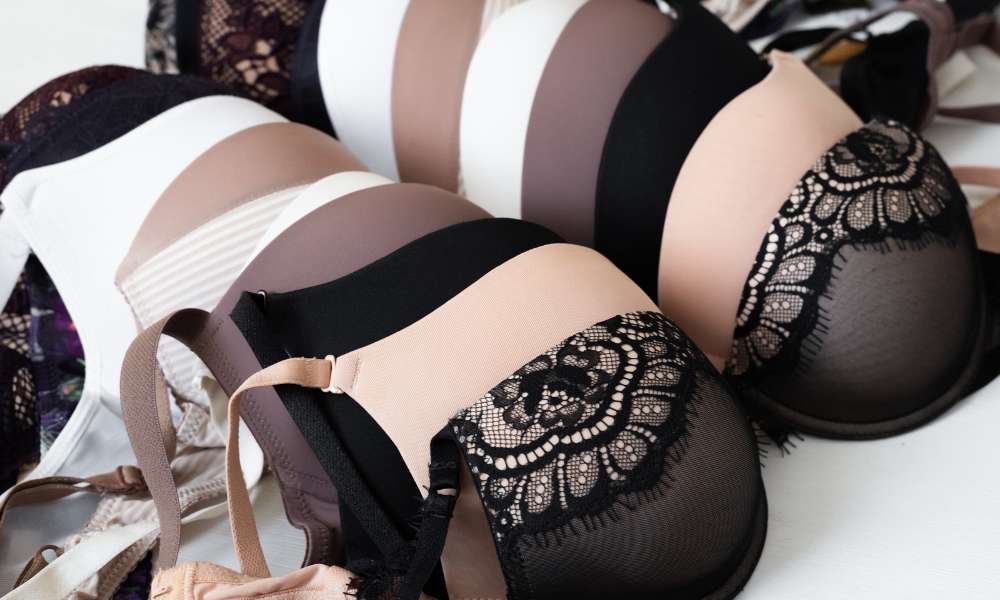Women's Underwear Trends: An Overview of Brief Styles for 2025
The women's underwear market continues to evolve with changing consumer preferences, technological advances in fabric construction, and shifting attitudes toward comfort and sustainability. As we look ahead to 2025, several key developments are shaping the industry, from innovative materials and inclusive sizing to environmental consciousness and versatile designs that adapt to modern lifestyles.

What Key Trends Will Shape Women’s Underwear in 2025?
Sustainability remains at the forefront of underwear innovation, with manufacturers increasingly incorporating organic cotton, bamboo fibres, and recycled materials into their collections. Seamless construction techniques are gaining popularity, offering enhanced comfort and reducing visible lines under clothing. Technology integration is another significant trend, with moisture-wicking fabrics, antimicrobial treatments, and temperature-regulating materials becoming standard features. Inclusive sizing has expanded beyond traditional ranges, with many brands now offering sizes from XS to 6XL. Additionally, period underwear continues to grow in acceptance, with improved absorption technology and more stylish designs attracting broader consumer interest.
How Are Costs of High-Quality Women’s Underwear Developing?
The pricing landscape for quality women’s underwear reflects both premium material costs and manufacturing innovations. Basic cotton briefs from established brands typically range from £8-15 per pair, while premium organic or specialty fabrics command £15-25. Luxury segments featuring silk, modal, or advanced technical fabrics can reach £25-40 per pair. Multi-pack options generally offer better value, with three-packs of mid-range underwear averaging £20-30. Period underwear represents a higher initial investment at £15-35 per pair but provides long-term value. Subscription services have introduced new pricing models, offering monthly deliveries at £10-20 per pair with convenience premiums.
Brands and Price Segments Overview
The market divides into distinct segments catering to various consumer needs and budgets. Budget-conscious options from supermarket brands like Marks & Spencer and Tesco range from £3-8 per pair, focusing on basic cotton constructions and essential styles. Mid-market brands such as Calvin Klein, Tommy Hilfiger, and Triumph occupy the £8-20 range, offering improved fit, styling, and fabric quality. Premium segments include brands like Agent Provocateur, Hanky Panky, and Journelle, typically priced £20-50 per pair with luxury materials and detailed construction. Sustainable specialists such as Organic Basics and Boody have carved out the £12-25 range, emphasising environmental responsibility alongside comfort and quality.
| Brand Category | Price Range | Key Features | Target Market |
|---|---|---|---|
| Budget/Supermarket | £3-8 per pair | Basic cotton, essential styles | Value-conscious consumers |
| Mid-Market | £8-20 per pair | Improved fit, varied styling | Mainstream consumers |
| Premium | £20-50 per pair | Luxury materials, detailed construction | Fashion-focused buyers |
| Sustainable | £12-25 per pair | Eco-friendly materials, ethical production | Environmentally conscious consumers |
| Period Underwear | £15-35 per pair | Absorption technology, reusable | Health and sustainability focused |
Prices, rates, or cost estimates mentioned in this article are based on the latest available information but may change over time. Independent research is advised before making financial decisions.
Which Brands Will Be Particularly Popular in 2025?
Several brands are positioned for continued growth based on current market trends and consumer preferences. Sustainable pioneers like Organic Basics and Boody are expanding their UK presence, capitalising on environmental consciousness among younger consumers. Traditional brands such as Marks & Spencer continue adapting their ranges with improved inclusive sizing and modern styling. International brands including Uniqlo and COS are gaining market share with their minimalist aesthetics and competitive pricing. Period underwear specialists like Modibodi and Thinx are expected to see continued growth as awareness increases. Additionally, direct-to-consumer brands leveraging social media marketing and subscription models are likely to capture significant market attention throughout 2025.
The women’s underwear market in 2025 will be characterised by greater choice, improved sustainability, and enhanced functionality. Consumer priorities continue shifting toward comfort, environmental responsibility, and value for money, driving innovation across all price segments. As brands adapt to these evolving demands, shoppers can expect continued improvements in quality, fit, and material technology, making 2025 an exciting year for women’s underwear development.




